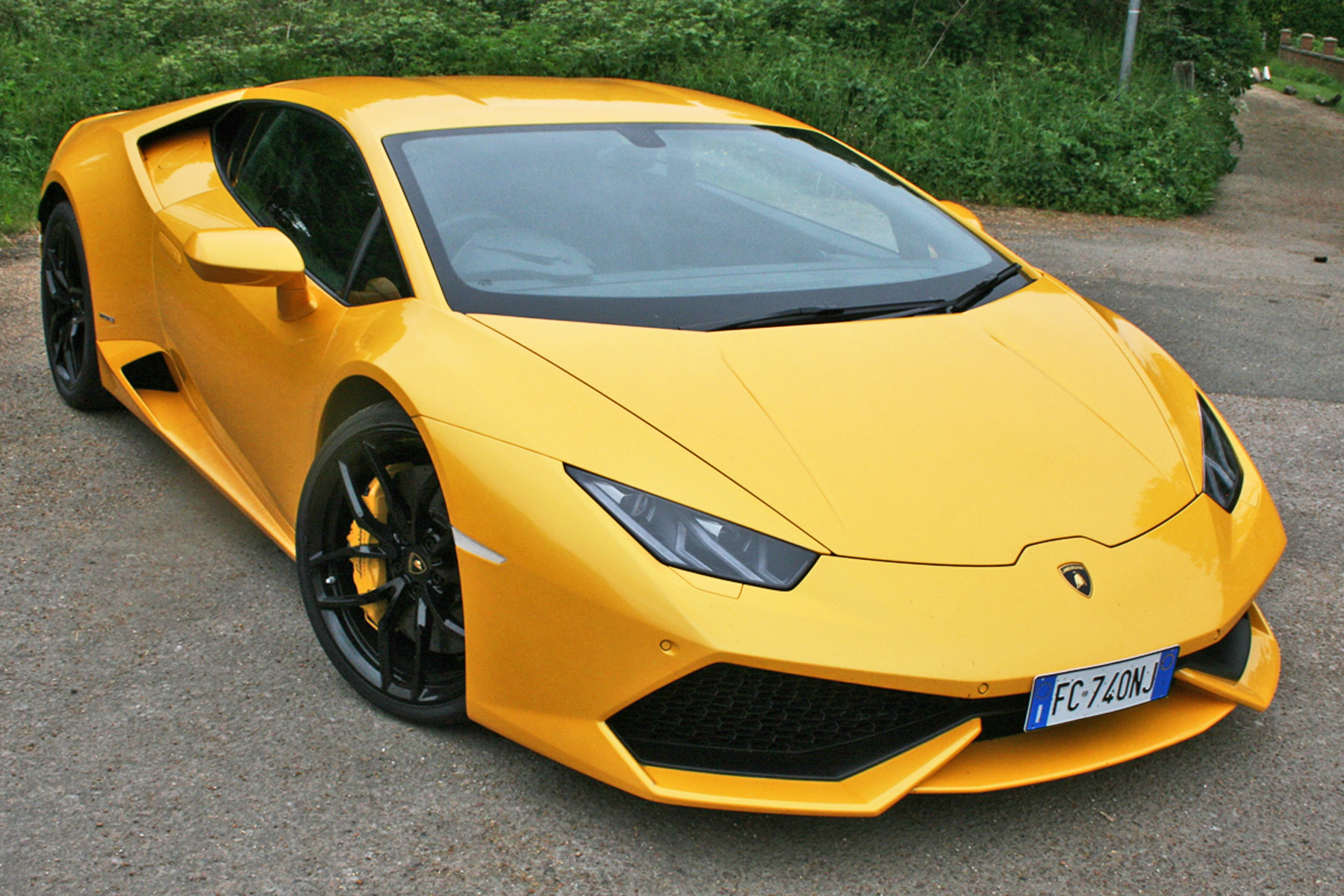
Wedge-shaped, ferociously fast and unashamedly extrovert, the Huracan is Lamborghini’s ‘junior’ supercar. It replaced the Gallardo (the best-selling Lambo ever) in 2014, and sits beneath the Aventador in the Italian marque’s two-car range.
Huracan buyers can choose from a closed-roof coupe or open-top Spyder, plus two engine configurations: 580hp rear-wheel-drive LP 580-2 (£156,575) or 610hp four-wheel-drive LP 610-4 (£181,895). The LP 610-4 coupe is the car tested here.
What are its rivals?
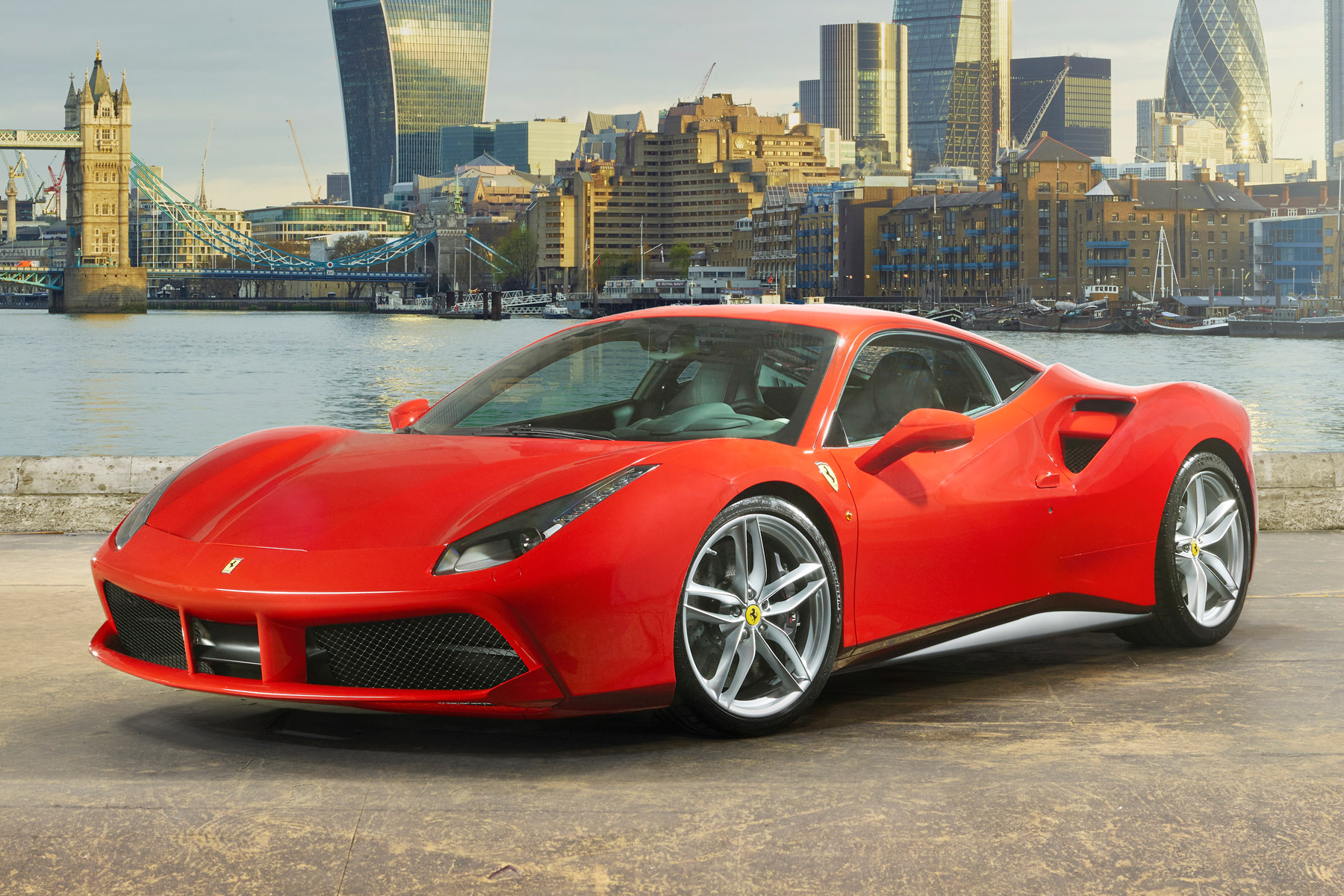
As ever, Lamborghini’s main rival comes from nearby Maranello. The newly-turbocharged 670hp Ferrari 488 GTB trumps the Huracan for horsepower, and is a sharper tool for track days.
McLaren’s highly-acclaimed 570hp 570S and new 570GT ‘hatchback’ also pose a serious threat. Plus, of course, there’s the venerable Porsche 911. In range-topping Turbo S spec, the Porsche offers 580hp and a price tag some £36,000 lower than the Lamborghini.
What’s it like to drive?
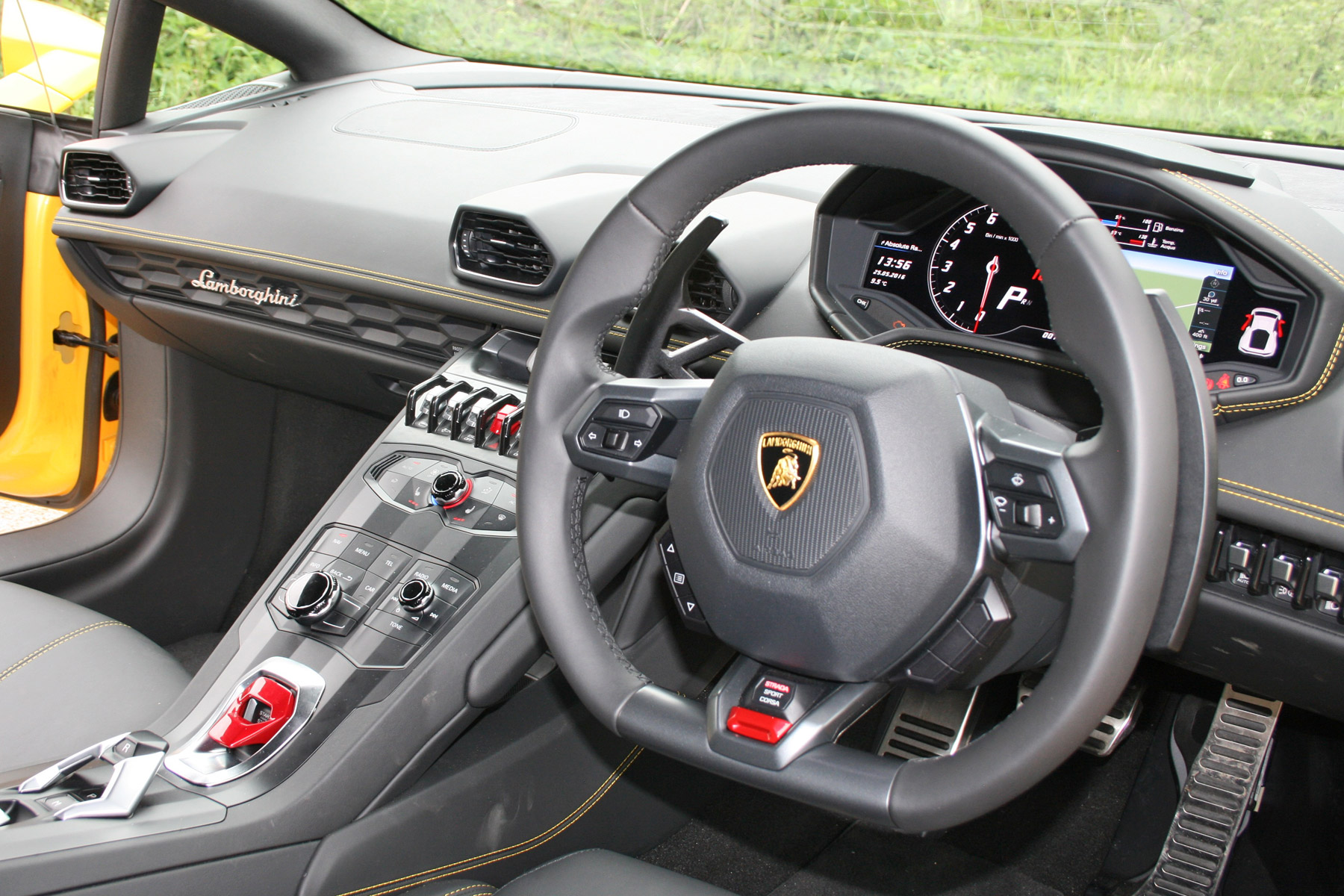
The Huracan is an assault on the senses. The first time you bury the throttle, it literally takes your breath away: a tsunami of V10 fury that thumps you in the back and batters your eardrums. Anyone worried that Lamborghini has been sanitised since becoming part of the Volkswagen Group can rest easy.
That naturally-aspirated V10 dominates the driving experience, lurking behind your left shoulder like Hannibal Lecter in his cell – calm and controlled, yet ready to explode at any moment. You need a will of iron to drive this car sensibly, and stay on the right side of the law.
Fortunately, the Huracan isn’t simply a one-trick bull. Switch the drive mode selector to Strada (road), leave the dual-clutch gearbox in auto and you’ll discover a car that’s surprisingly easy to drive. Yes, visibility is virtually non-existent through the louvred rear window, but large door mirrors and a reversing camera help with parking. And you needn’t be terrified of city width restrictors – unlike in the wide-boy Aventador.
Four-wheel-drive traction makes the LP 610-4 feel planted and confidence-inspiring on open roads. The steering is direct and nicely-weighted (our car had the optional variable-ratio Lamborghini Dynamic Steering) and the mid-engined chassis is beautifully balanced. Those who have driven the Huracan on-track say it understeers in extremis. But most drivers will rarely, if ever, reach those limits on the road.
Fuel economy and running costs
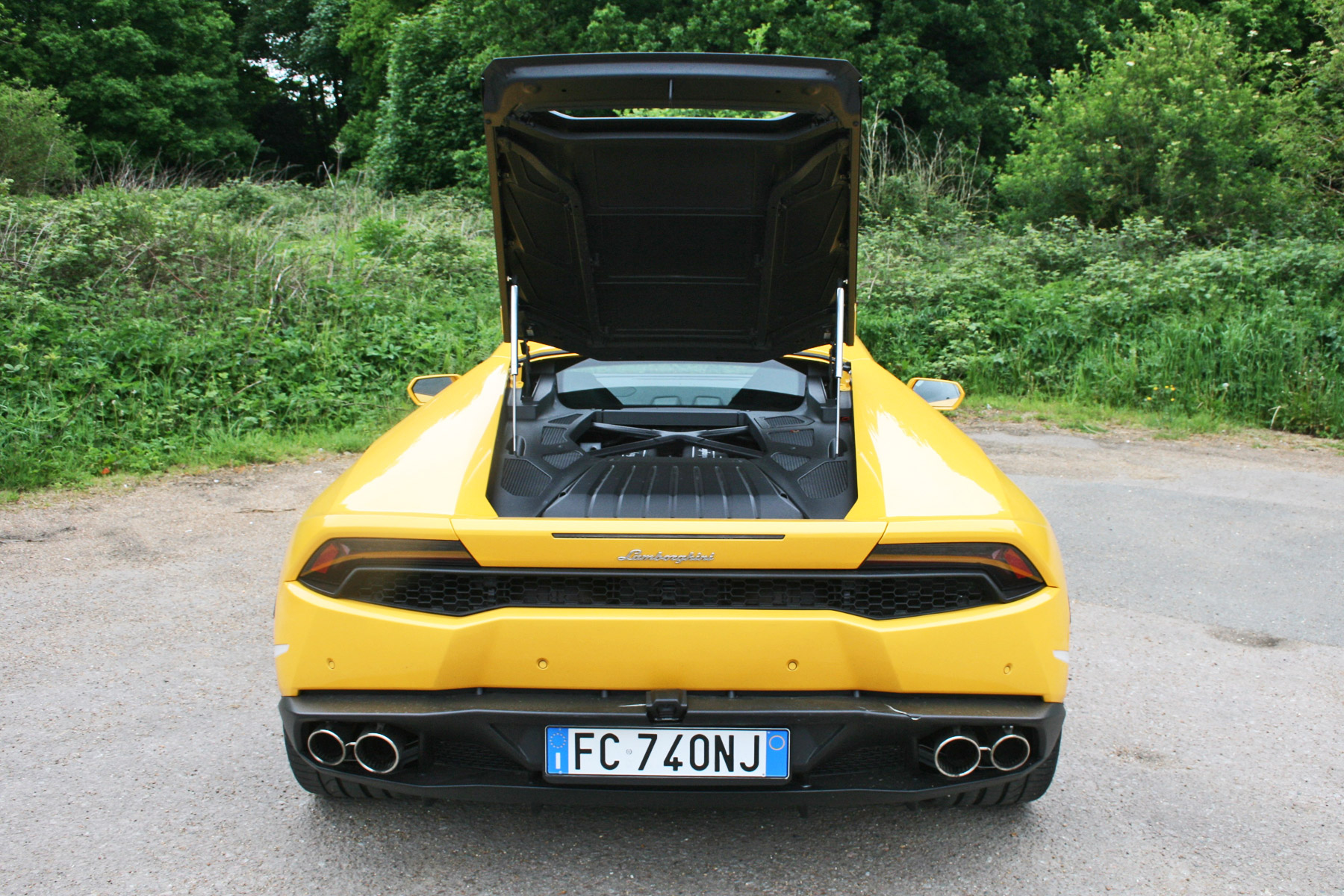
You do know this is a 610hp supercar, right? With no turbochargers to help its cause, the Huracan is less efficient than some rivals – although we suspect few owners will care.
Official figures are 22.6mpg (we managed around 15mpg in our test), with CO2 emissions of 290g/km. The latter equates to £1,120 car tax (VED) in the first year, then £515 a year thereafter. All Lamborghinis come with a generous four-year, unlimited-mileage warranty in the UK, but be prepared to budget big for servicing every 12 months or 9,000 miles.
Is it practical?
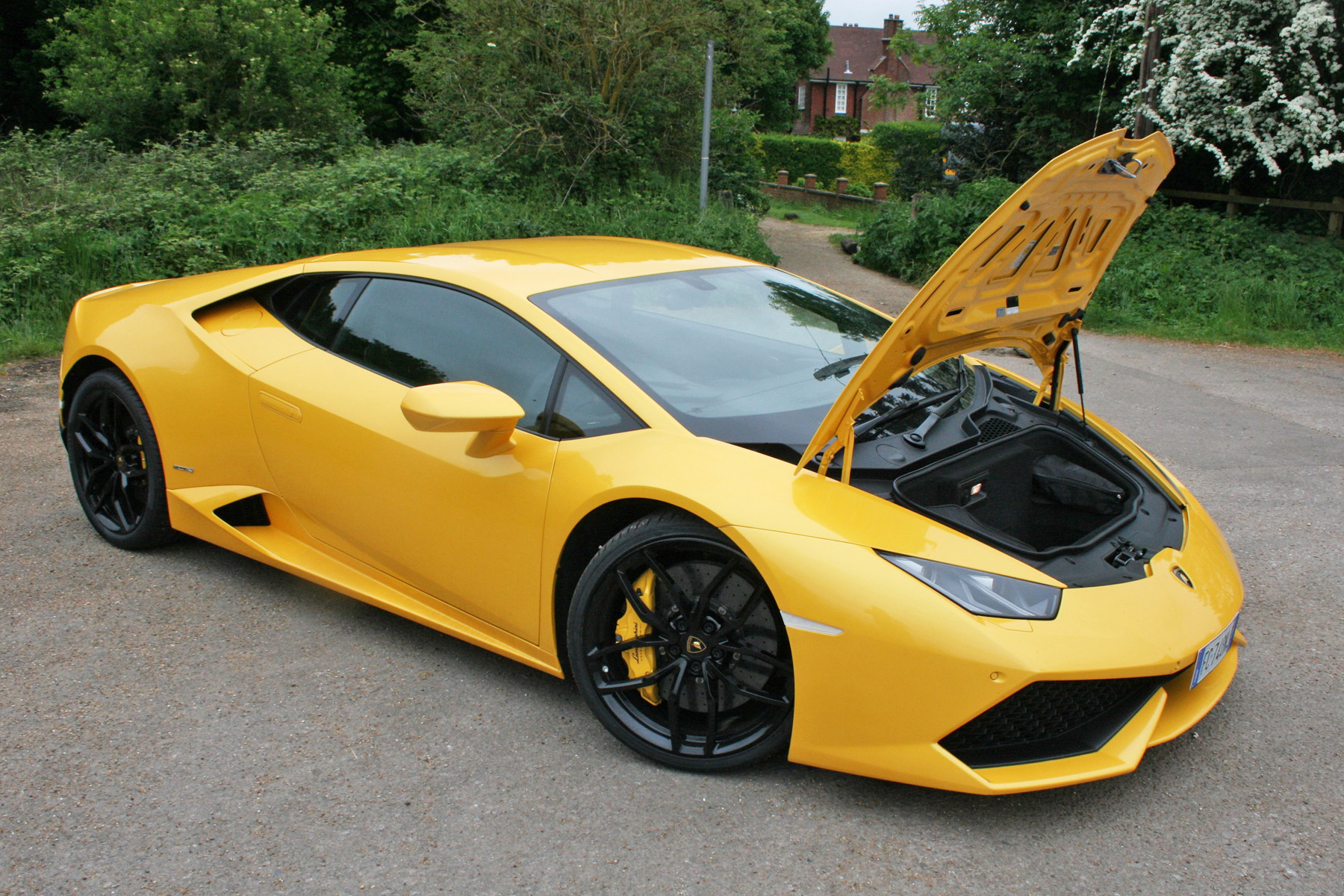
Again, this is hardly the Huracan’s strong suit. The small boot under the bonnet holds 70 litres – enough for a couple of overnight bags, provided you pack light – plus you could squeeze a small amount of shopping onto the narrow shelf behind the seats. A Porsche 911 is much more practical.
On the plus side, the Huracan’s compact dimensions, comfortable seats and motorway refinement mean you really could drive it every day (and why wouldn’t you?). Unlike Lamborghinis of old, it doesn’t make a journey feel like a physical workout. At 5:30pm on a wet Friday evening, you’ll probably be thankful for that.
What about safety?
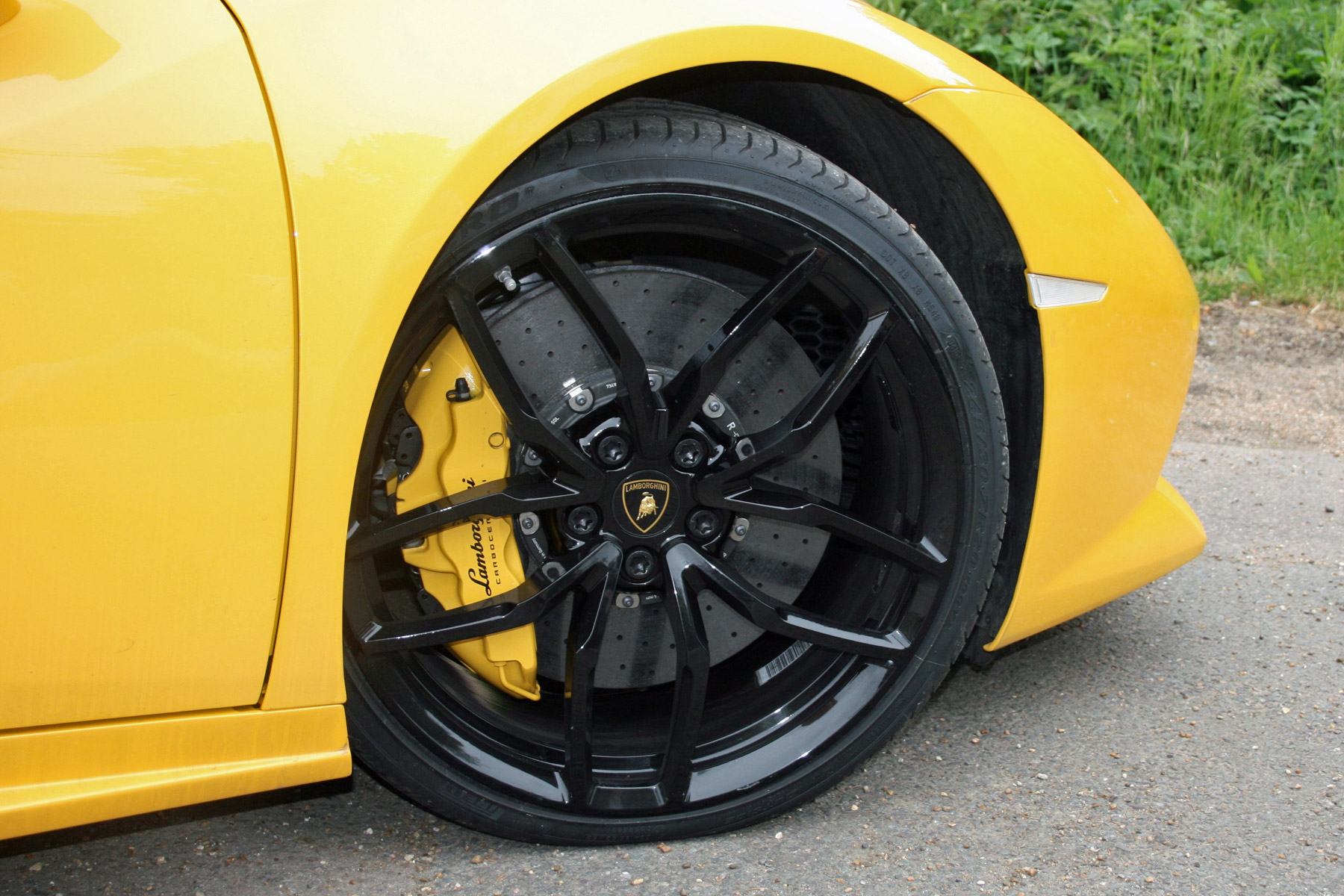
Euro NCAP doesn’t crash-test supercars, so we can’t tell you how the Huracan stacks up in an accident. However, this Italian supercar offers decidedly Germanic build quality – no surprise, perhaps, considering it’s closely related to the Audi R8.
With 610hp on tap, undoubtedly the greatest threat to safety is your right foot. At least this particular Huracan has four-wheel drive. The two-wheel-drive LP 580-2 would certainly be a trickier beast on wet roads.
Which version should I go for?
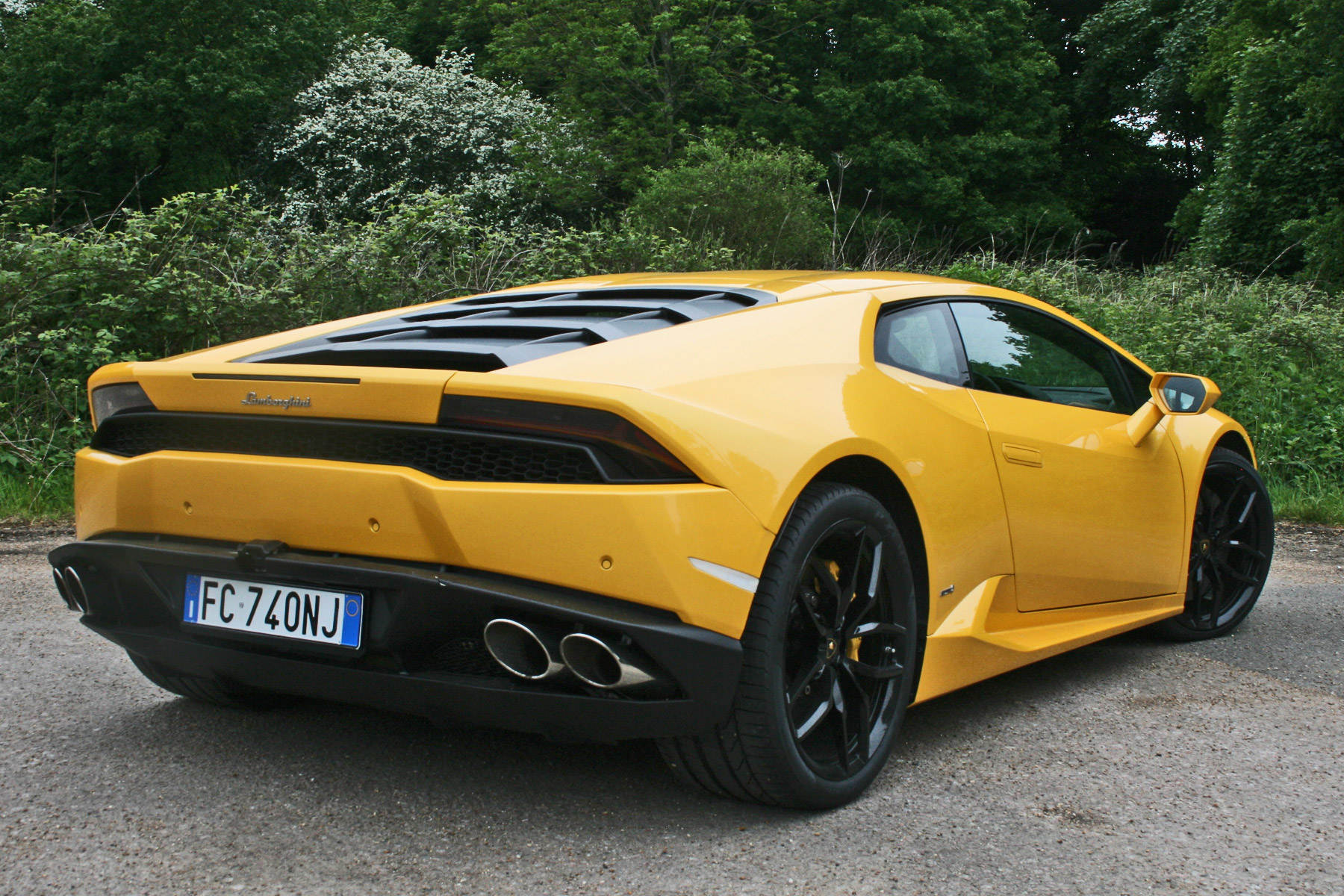
If you’re the sort of person who wears dedicated driving shoes and pores over Nurburgring lap times, you’ll doubtless prefer the purity of the LP 580-2. However, we’d have our Huracan with four-wheel drive.
Likewise, the Huracan coupe is probably a slightly sharper steer. But when you’re driving one of the most incredible-sounding cars on sale, why not go for the Spyder? The snaps, crackles and pops of that mighty V10 don’t deserve to be muffled.
Lamborghini can personalise each car to suit your personal taste – or lack of – and most customers will spend five figures on optional extras. Essentials include the front-lift kit (£5,148 – needed to clear speed humps!), rear-view camera and parking sensors (£2,940), DAB radio (£636) and Bluetooth phone connectivity (£732).
Should I buy one?
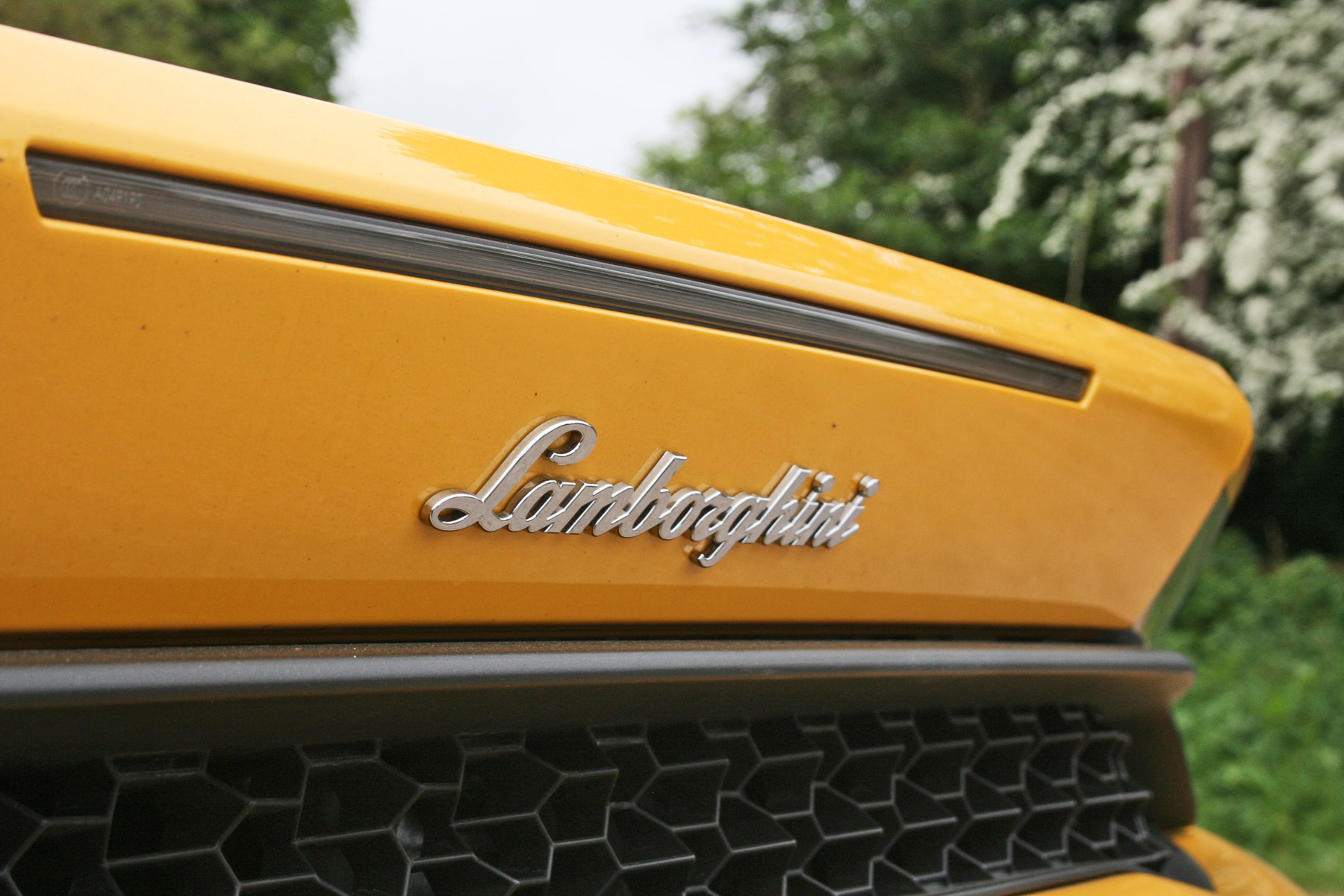
Driving the Huracan was an experience to savour. The looks, the noise, the performance… everything about it screams ‘supercar’.
If we’re being critical, the mechanically-similar Audi R8 is cheaper, has a nicer interior and is almost as exciting to drive. And the Ferrari 488 GTB is, by all accounts, a superior all-rounder. However, it’s the Lamborghini that turns most heads; it’s pure street theatre.
We can’t imagine ever getting bored of the Huracan. It’s a car that constantly stimulates the synapses. As personal transport turned up to 11, there’s little to touch it. And for many, that’s what supercars are all about.
Pub fact
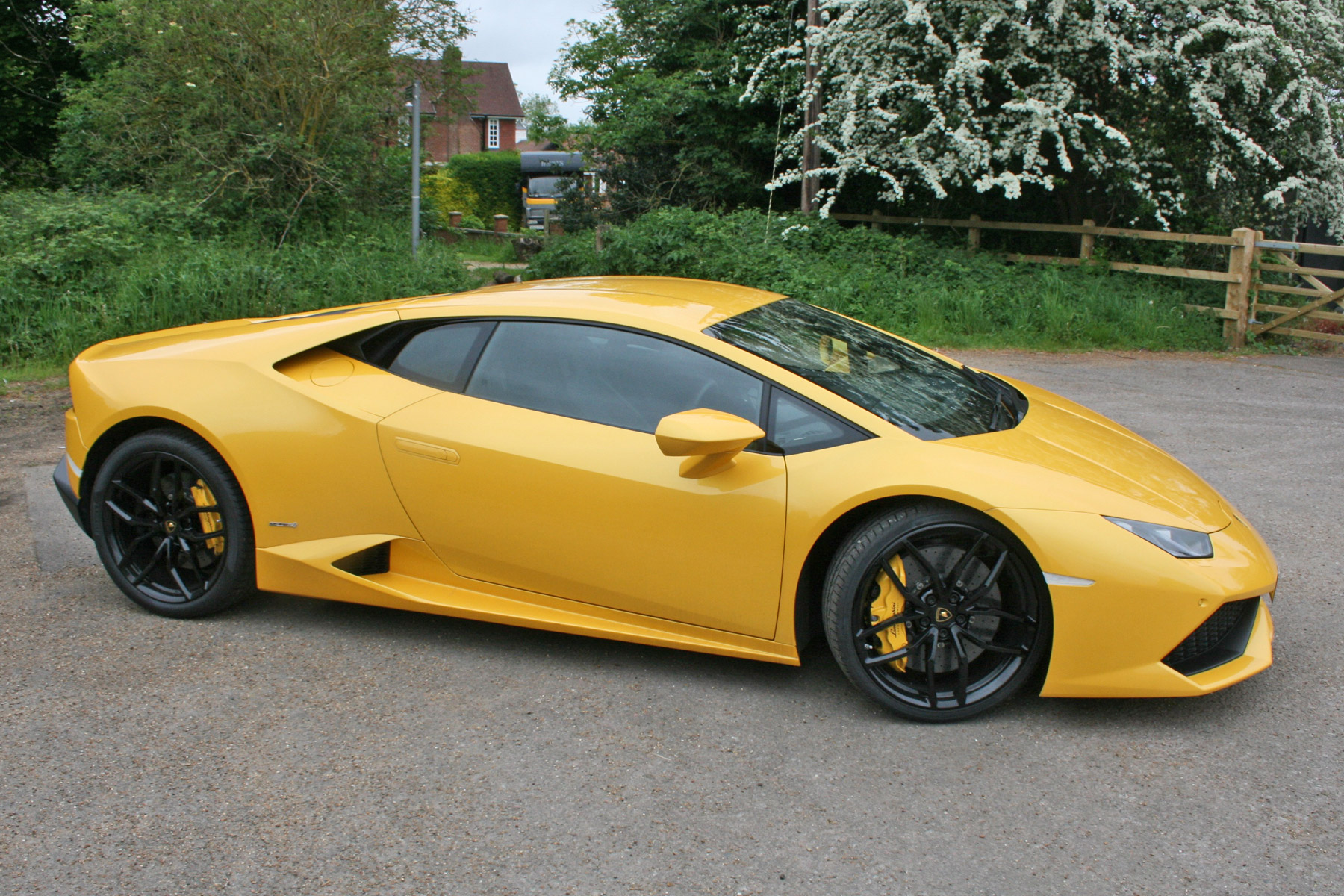
You can’t have failed to notice our Huracan is painted in bright ‘Giallo Midas’ – a £5,360 option. In fact, yellow is the most popular colour for Lamborghinis ever, a fact celebrated by Aventador LP720-4 50 Anniversario.
This ‘Giallo Maggio’ yellow special edition was launched in 2013 to mark 50 years of Lamborghini. You could even opt for a yellow interior, in case the standard car was too subtle…